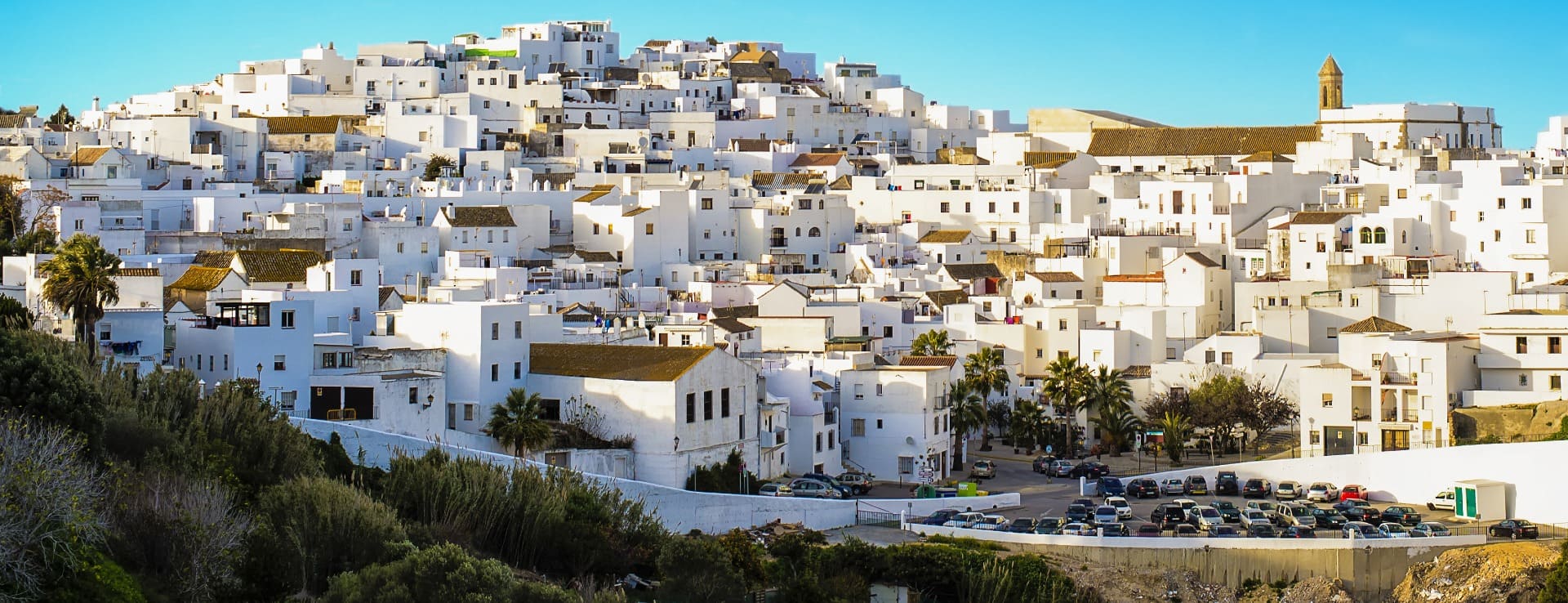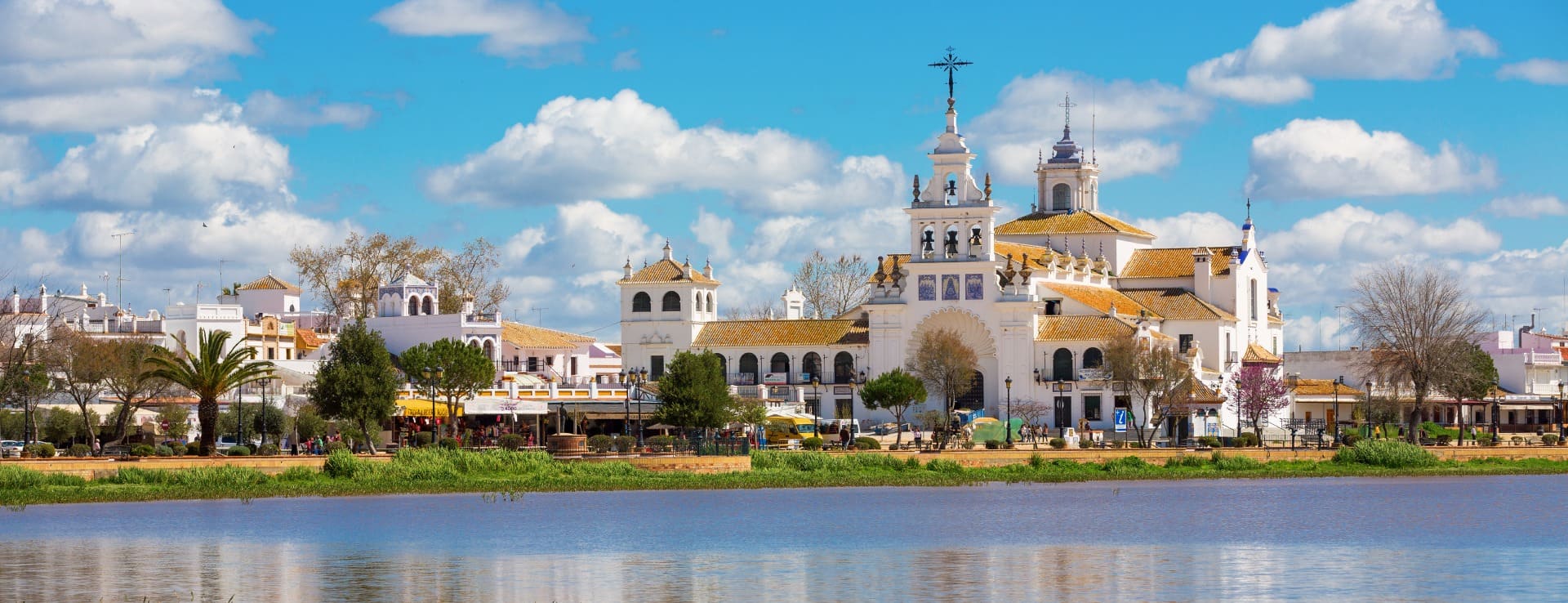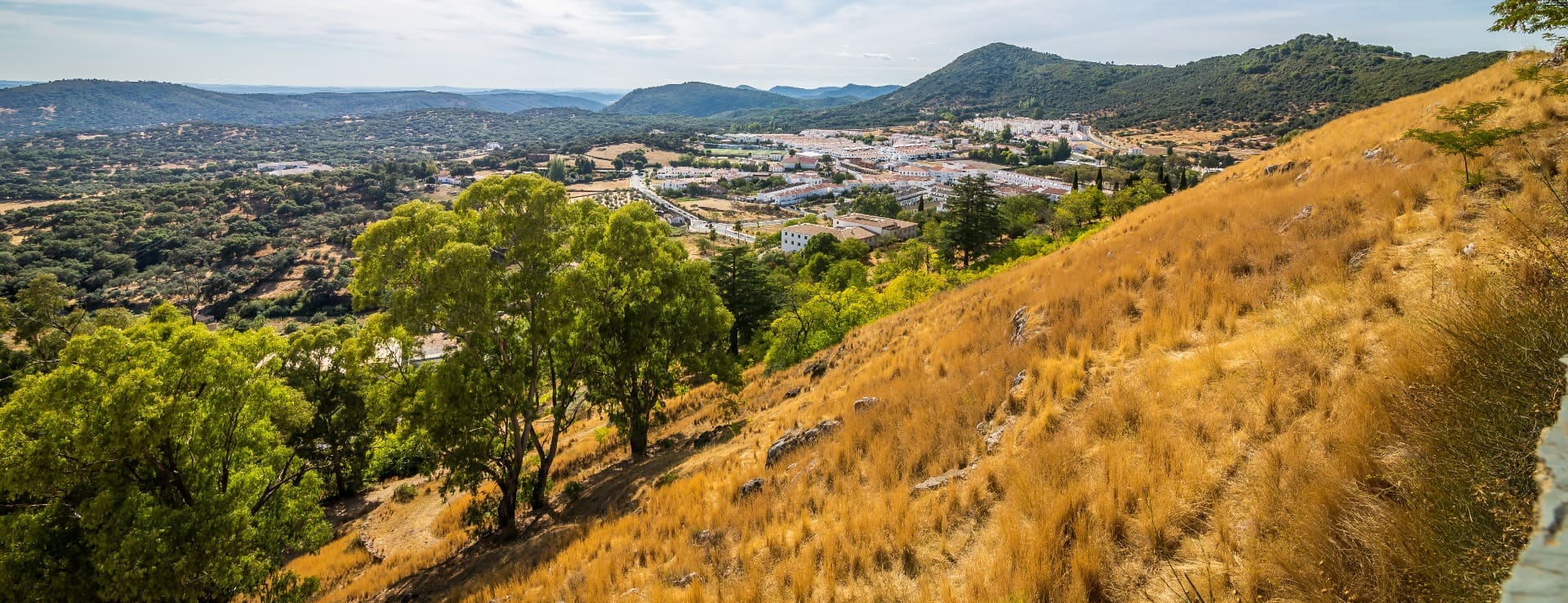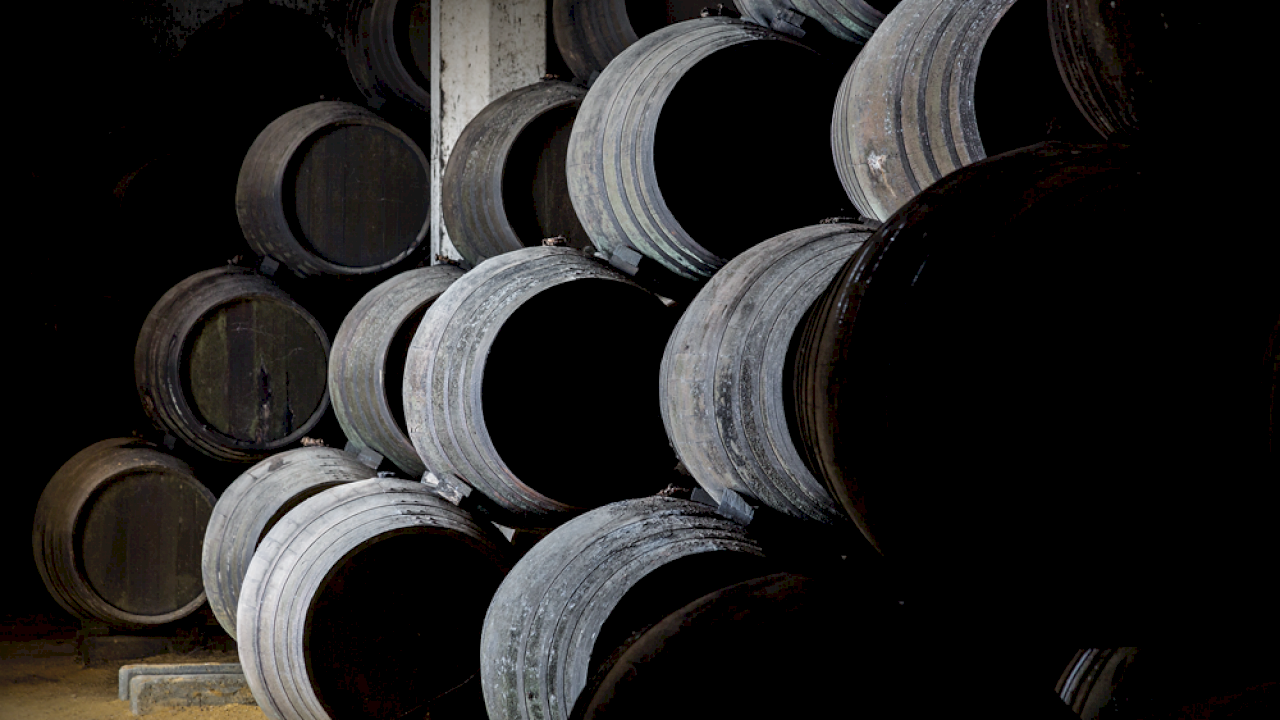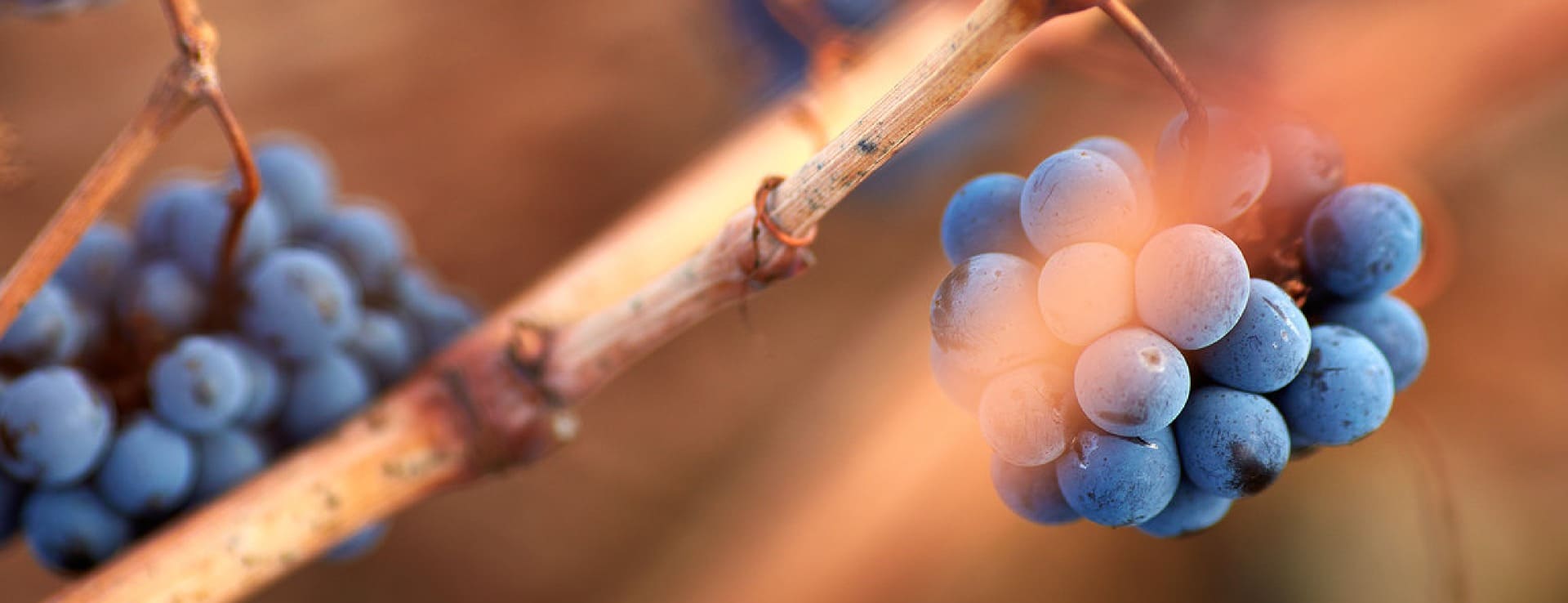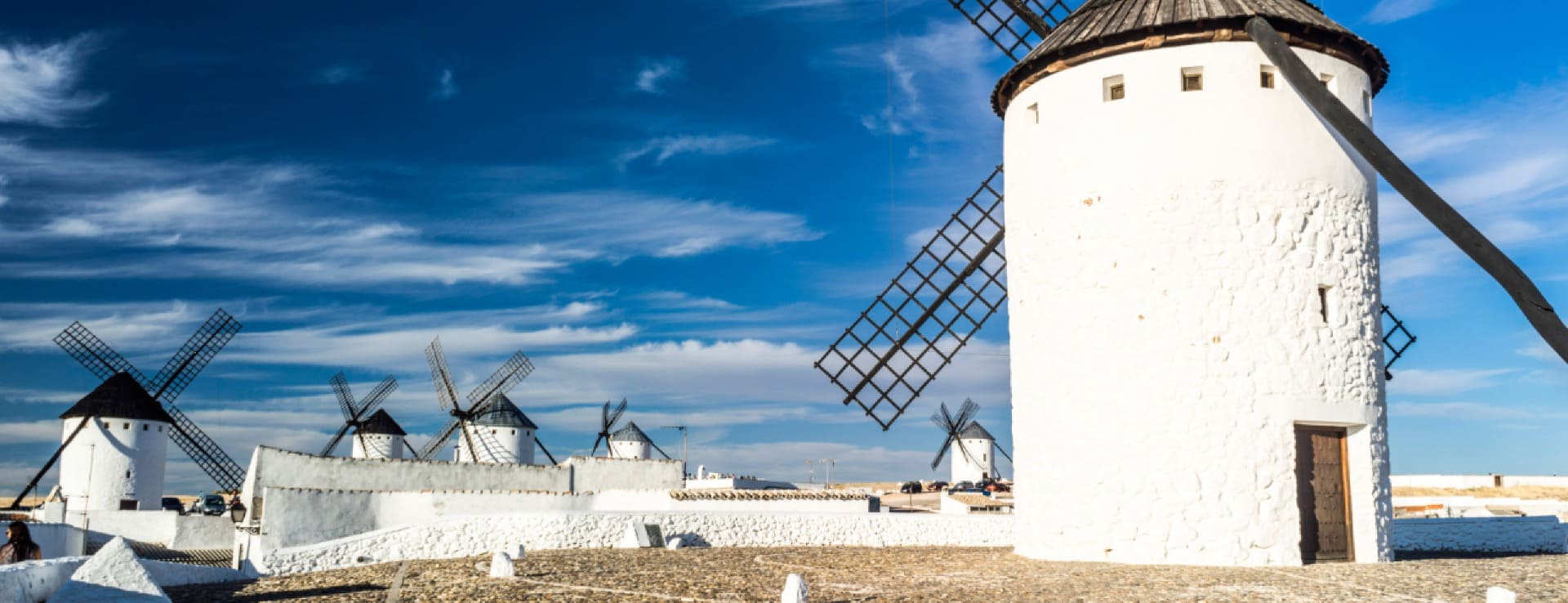Find your winery or vineyard
Infographic of the Denomination of Origin
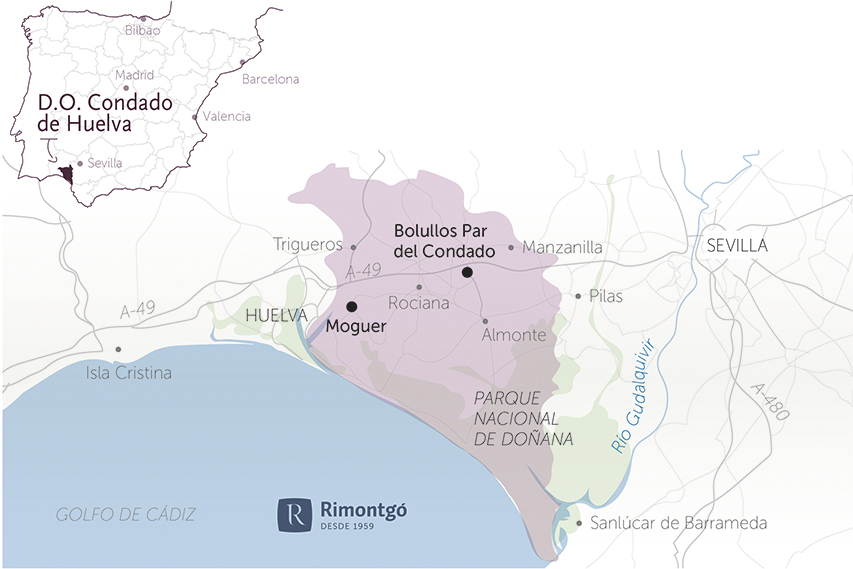
Change to imperial units (ft2, ac, °F)Change to international units (m2, h, °C)
D.O. year of foundation:
1932
Number of wineries (2017):
27
Total surface area:
2.900 ha7.166 ac
Maximum production allowed:
10.000 kg/ha8.921 lb/ac
Altitude of the vineyards:
Min: 50m
Max: 180m
Min: 164ft
Max: 591ft
Temperature:
Min: 10º
Max: 30º
Min: 50°F
Max: 86°F
Yearly hours of sun:
3.000
Yearly rainfall:
770 l/m272 l/ft2
Huelva
Huelva is a province in Andalusia founded in the 19th century to bring towns together which were previously divided by the people of Seville and Extremadura. Situated in the southwest of Spain, it borders the Atlantic Ocean and Portugal.
HISTORY OF WINE
Although the roman period left many wine making remains in Huelva, there was a strong boost from the 14th century, after the Battle of Rio Salado. The order of Calatrava was responsible for repopulating the Villalba de Alcor vines, a land with special significance. In fact, the wines came to threaten Seville commerce, which would soon develop protectionist ordinances. In the 15th century, the fine Manzanilla wines had international prestige and were exported to the United Kingdom and the Netherlands. Numerous conquerors from America carried cargos on their ships.
From the 17th century, with the decline of the port of Seville and the boom of Cádiz, the wines of the area went through a complicated period of higher transportation cost. Finally, the merchant in the area decided to meet in a new departure port: the port of Moguer, the epicentre from that moment on. In the 19th century, Sanlúcar de Barrameda was the capital of the province created by Godoy, where there was a town called Manzanilla; from where camomile brought its name to Sanlúcar. Lastly, in 1962, the Regulatory Board of the Designation of Origin Huelva was created, which would be called Condado de Huelva.
WINES AND WINERIES
The Vino Naranja (Orange Wine) of Condado de Huelva is a very particular Designation of Origin: it applies to white wines, subject to an aromatization process with orange rinds, which are later aged by means of the solera system. The wineries of Huelva which are most highlighted are Bodegas Marqués de Villalua, Bodegas Oliveros, Bodegas Iglesias, Bodegas Andrade, Bodegas Sauci, Bodegas del Diezmo Nuevo, Bodegas Infante, Bodegas Convento de Morañina, Bodegas Acosta, Bodegas Juncales and Bodegas Doñana.
POINTS OF INTEREST
As well as being a port province with famous beaches in the Costa de la Luz, Huelva has many protected areas. The Sierra de Aracena National Park and Picos de Aroche, and especially the Doñana National Park, considered the largest ecological reserve in Europe. The celebration of Romería del Rocío, declared as an International Tourist Interest, is very popular, and the route of Lugares Colombinos (Columbian Places): Moguer, Huelva and Palos de la Frontera; from whose dock Colombus departed.
D.O./Valle (wine regions)
Discover more wineries and vineyards for sale in these wine regions in Spain
Subscribe to our mailing list to receive news about wineries and vineyards.

